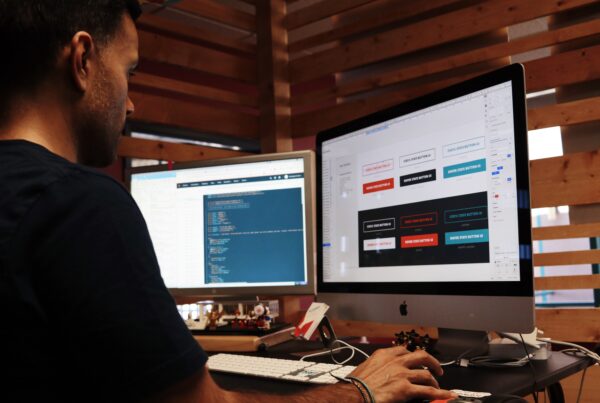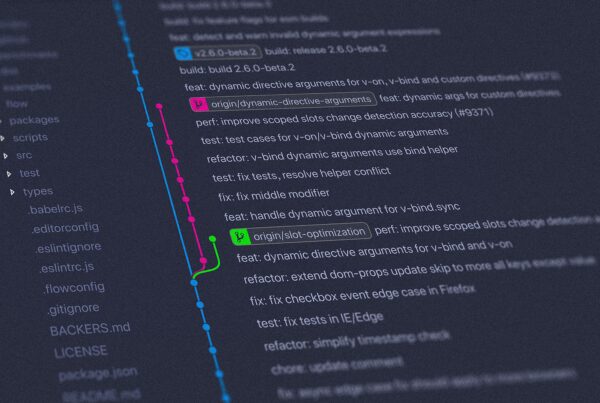As the name implies, experiential design and development is the process of creating online content in a way that improves user experience. Many business owners struggle with this process because it involves connecting humans and virtual experiences, which is inherently unnatural.
Fortunately, a well-formulated experiential design and development strategy will help your business to accomplish its goals. You can bridge the gap between users and your platform. The results of an experience-focused development process often include improved user experiences and a higher ROI for your company.
The Enormous Elephant team is committed to helping businesses grow their brands. Our web development and design agency has extensive experience in creating custom websites that resonate with users.
Below, we’ll break down the key tenets of experiential design so that you can apply this methodology to your development process.
Keys to Experiential Design
Providing a great user experience is one of the most important aspects of growing your business. A staggering 88% of online consumers will not return to a site after having a poor user experience. A bad UX will cause you to lose customers at an alarming rate, which means that your lead generation efforts may be wasted.
In order to avoid this fate, you must take the time to create a world-class user experience. You can do so on your own or with the help of a web development and design agency.
While you may be hesitant to partner with a development firm, these companies can provide you with an innovative user experience. Investing in experiential design and development will pay dividends in the long run.
Regardless of which option you choose, understanding the key facets of experiential design and development are vital. With this in mind, here are some of the elements you’ll need to consider.
Observation
Any great web development strategy begins by collecting data. Observe your target audience’s online browsing habits. Leverage this information to guide your design process.
For instance, let’s say that approximately half of your leads are abandoning their shopping carts. This is a strong indicator that there may be a problem in the checkout process. It could also mean that your pricing is a bit too high.
Either way, this information lets you know that the user experience is not ideal.
Understanding
Now that you have data, it is time to interpret the information you’ve gathered. You need to understand user expectations and the best ways to exceed them.
Reach out to users and find out why they are abandoning their carts. You can also test out your own site. If the checkout process is tedious, then you have likely discovered the issue.
After you understand where the user experience is falling short, you can start to make changes.
Application
The third stage of experiential design and development is where the rubber meets the road. You must apply what you have learned and improve upon the user experience.
Continuing with the example above, let’s say that you have identified a poor checkout process as the reason for high abandonment rates. Work with your development team to create a better purchasing process. Review some top competitor sites and see what type of checkout process they use.
Repetition
The great thing about online marketing and sales is that you can track just about any metric. When engaging in experiential design and development, do not assume that you have solved the issue. Go back to the observation stage and see what the data says. Conversion rate problems are very seldom one-dimensional.
Solutions
Let’s say that your new checkout process decreased cart abandonment rates by half. This is a huge improvement, but your work is not finished yet. Now it is time to look at the other potential user experience issue: Pricing.
Consider implementing an automated email program that messages users that abandon their carts. You can include discount codes or digital coupons in the email to encourage consumers to complete the purchase. The goal is to further reduce the cart abandonment rate and increase sales.
When utilized appropriately, experiential design and development can lead to unprecedented growth for your business. However, it is a process that thrives on repetition. Do not be afraid to go back and reassess the data so that you can continuously improve the UX.



